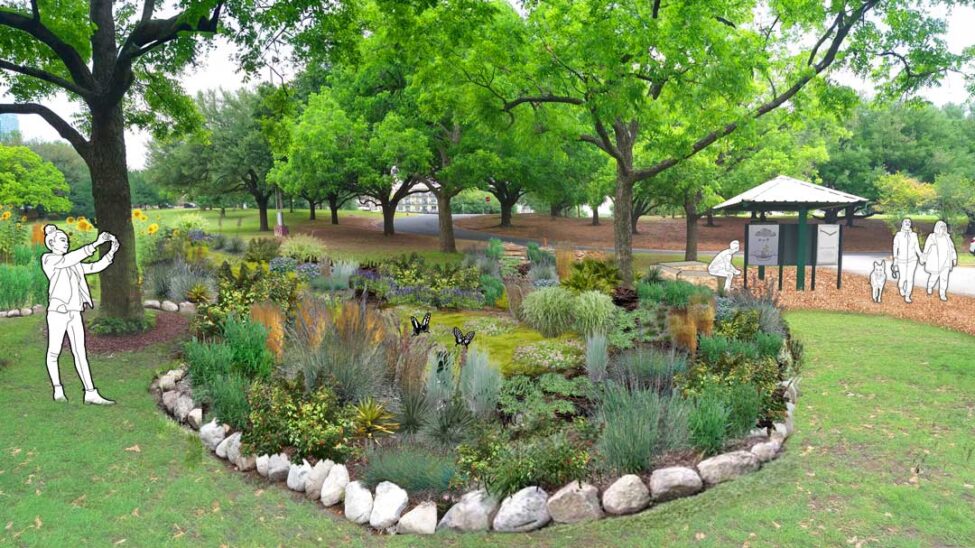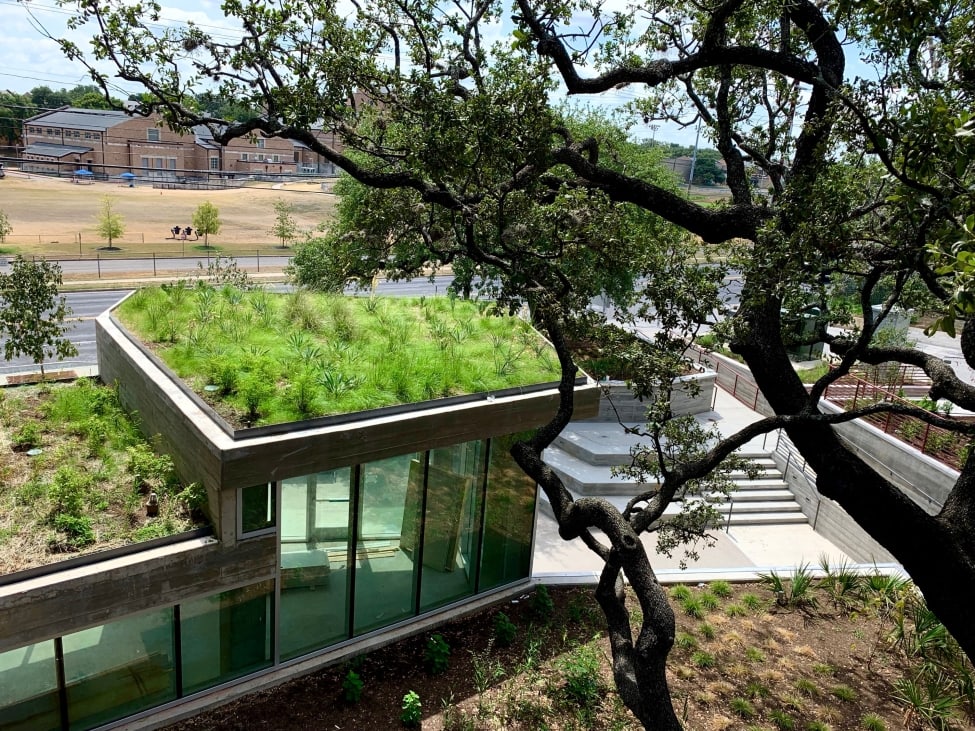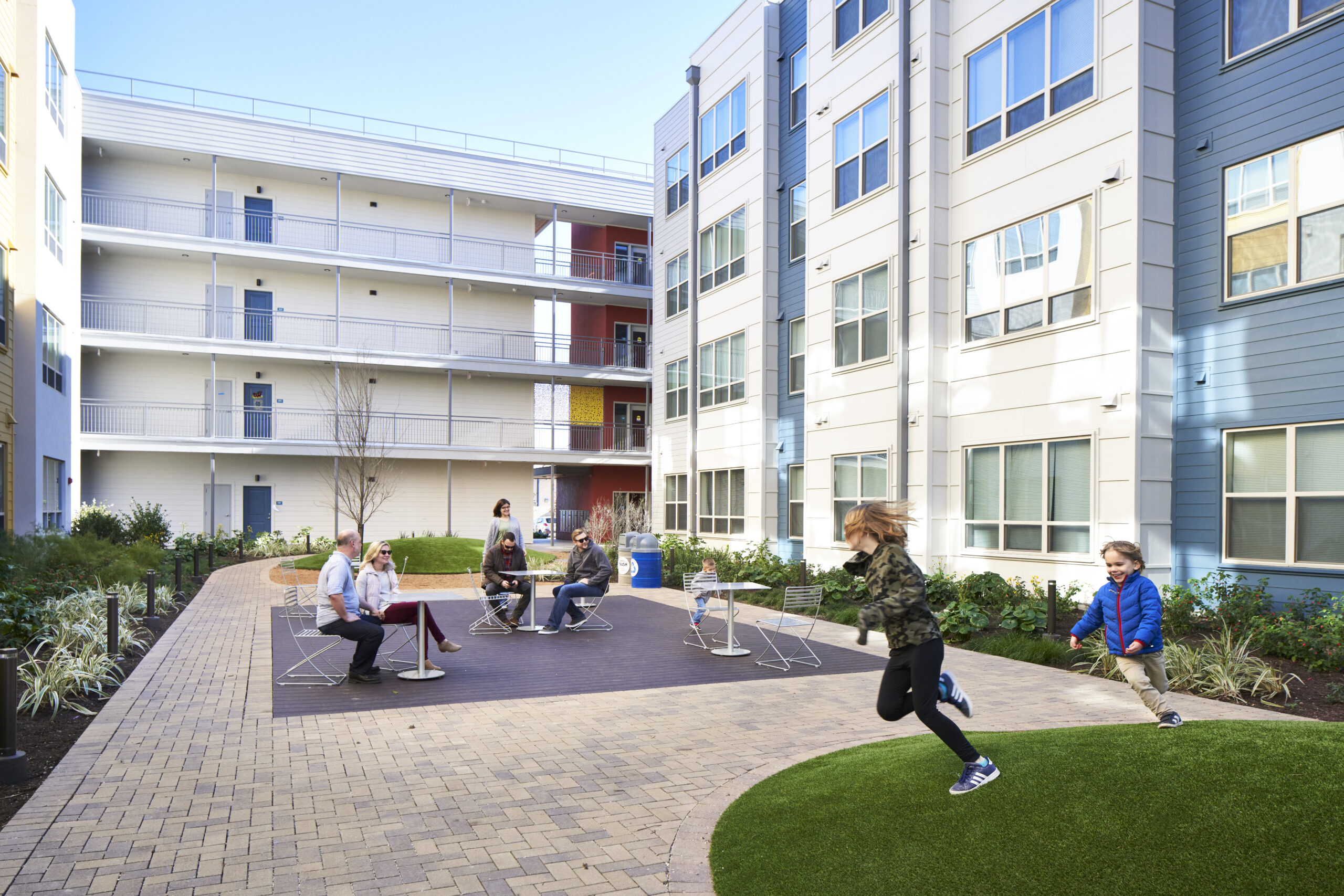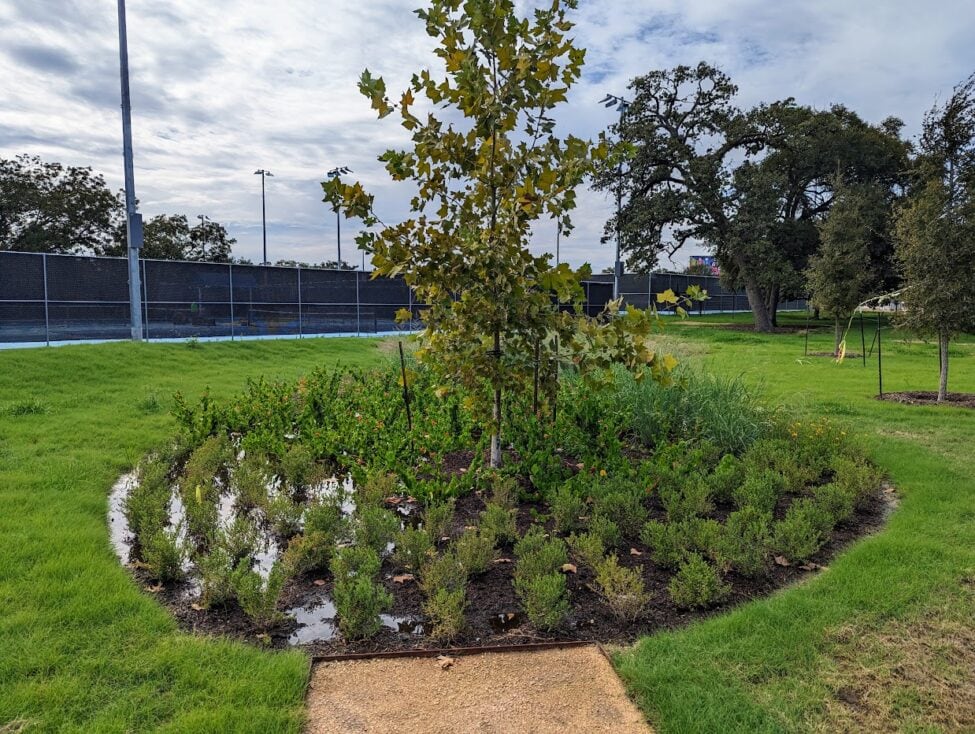How Landscape Architecture Can Combat Extreme Heat
As temperatures continue to rise across the globe, cities like Austin, Texas, are increasingly feeling the impact of extreme heat. This heat is more than just an inconvenience; it poses a serious threat to public health and safety. According to recent studies, extreme heat is now deadlier than hurricanes, floods, and tornadoes combined. In fact, from 2018 to 2020, the number of Americans exposed to extreme heat increased by 12.4 million people.
The Rising Temperatures in Austin
Austin, Texas, is no stranger to heat and has experienced a marked increase in average temperatures over the past few decades. In fact, Austin’s average summer temperature has risen by nearly two degrees Fahrenheit since the 1970s. In 2023 alone, Austin experienced a record-breaking summer, with more than 45 days of 100+ degree days. This trend is not just a short-term anomaly but part of a longer trajectory linked to climate change.
The Dangers of Extreme Heat
Extreme heat poses a significant risk to human health, particularly for vulnerable populations including the elderly, children, and those with preexisting health conditions. Prolonged exposure to high temperatures can lead to heat exhaustion, heatstroke, and even death. The urban heat island effect, where cities experience higher temperatures than surrounding rural areas, exacerbates these risks. In Austin, this effect continues to intensify as we remove trees and vegetation to make room for more roofs and pavement.
The Role of Landscape Architecture in Mitigating Heat
Landscape architects can play a pivotal role in mitigating the effects of extreme heat. By integrating nature into urban spaces, we can reduce temperatures, improve air quality, and enhance overall well-being. Here are a few strategies that Studio Balcones employs to address the challenges of extreme heat:
Urban Green Spaces:
Creating and preserving green spaces in urban areas is one of the most effective ways to combat heat and sequester carbon. Trees and vegetation provide shade, reduce surface temperatures, and help cool the air through the process of evapotranspiration. In Austin, the presence of large, mature trees can lower temperatures by as much as 9 degrees Fahrenheit in surrounding areas. Several folks at Studio Balcones volunteer with different committees at The Trail Conservancy to advocate for and preserve the urban green space around the Butler Trail at Lady Bird Lake for this exact reason.

Green Roofs:
Incorporating vegetation into building design, such as green roofs, can significantly reduce heat absorption and lower indoor temperatures. Green roofs, for example, can reduce rooftop temperatures by up to 40 degrees Fahrenheit, which in turn reduces the need for air conditioning and lowers energy costs. These green roofs are also fabulous habitat for birds and bees!

Reflective and Permeable Surfaces
The use of reflective materials for pavements and rooftops can help reduce the heat island effect by reflecting more sunlight and absorbing less heat. Permeable surfaces, like permeable pavers or gravel, allow water to infiltrate, reducing runoff and cooling the ground through evaporative cooling.

Green Stormwater Infrastructure:
Green stormwater infrastructure, such as rain gardens and bioswales, can help reduce rising temperatures by increasing green space and enhancing evapotranspiration, which cools the surrounding air. Additionally, these systems manage stormwater runoff, preventing urban flooding and reducing the heat island effect by replacing impervious surfaces with vegetation.

A Commitment to Resilient Design
As we face the reality of a warming world, it’s crucial to rethink how we design and interact with our urban environments. By leveraging the power of landscape architecture, we can make significant strides in mitigating the effects of extreme heat, ensuring that our cities remain vibrant, healthy, and resilient for generations to come.
If you’re interested in learning more about how thoughtful landscape design can help address the challenges of extreme heat, we invite you to contact us at Studio Balcones. Together, we can create landscapes that uplift and sustain our communities.
